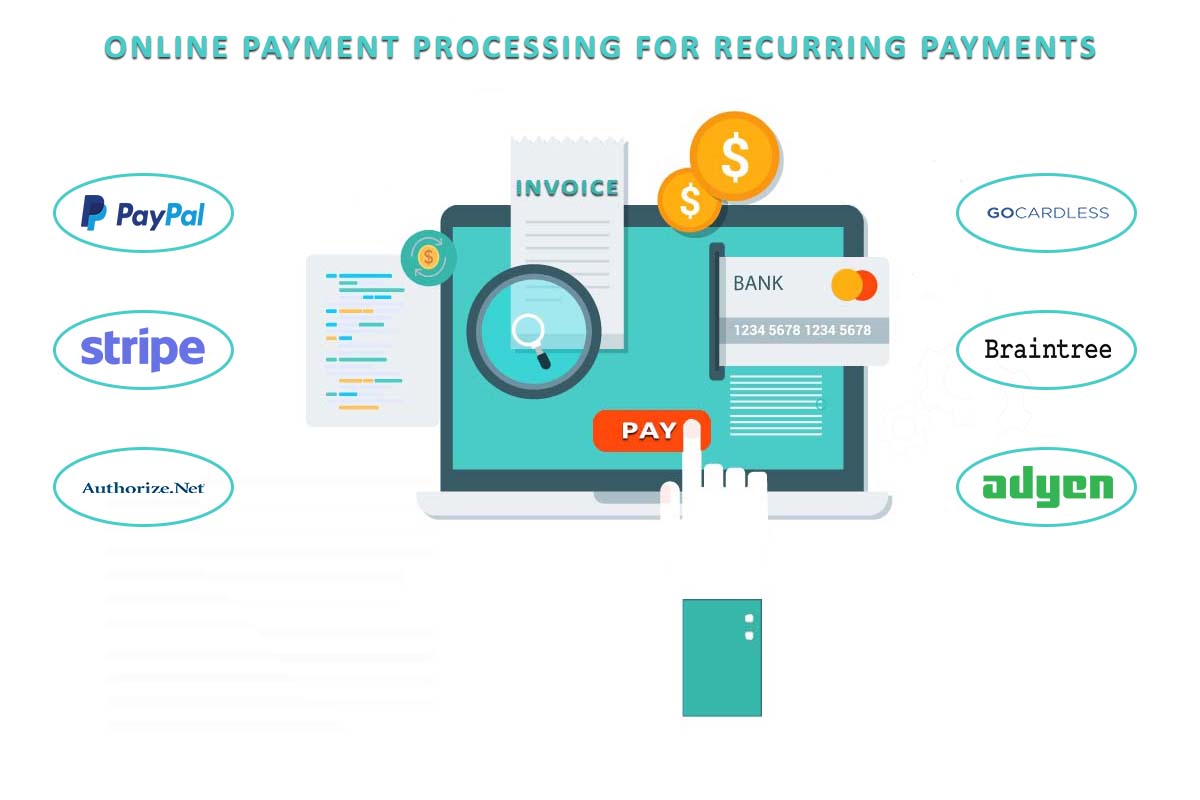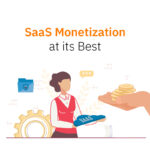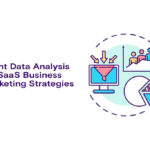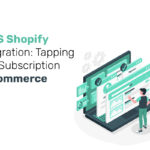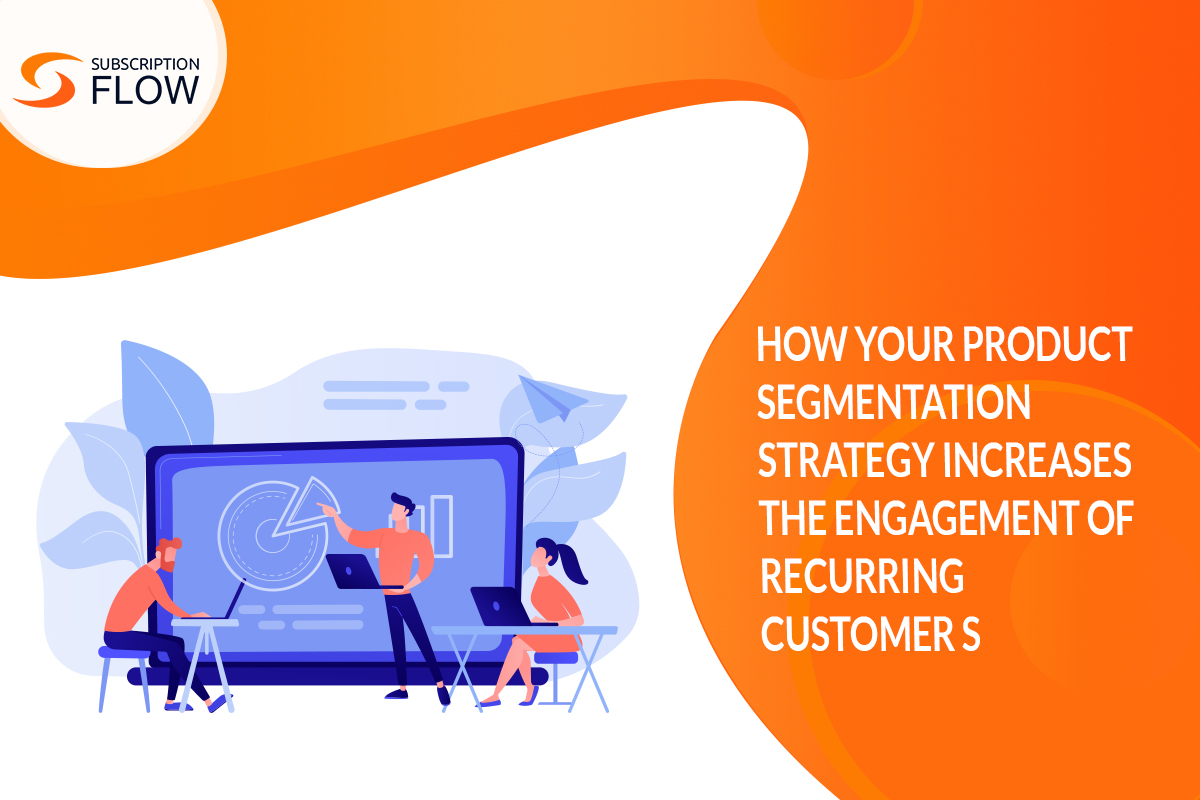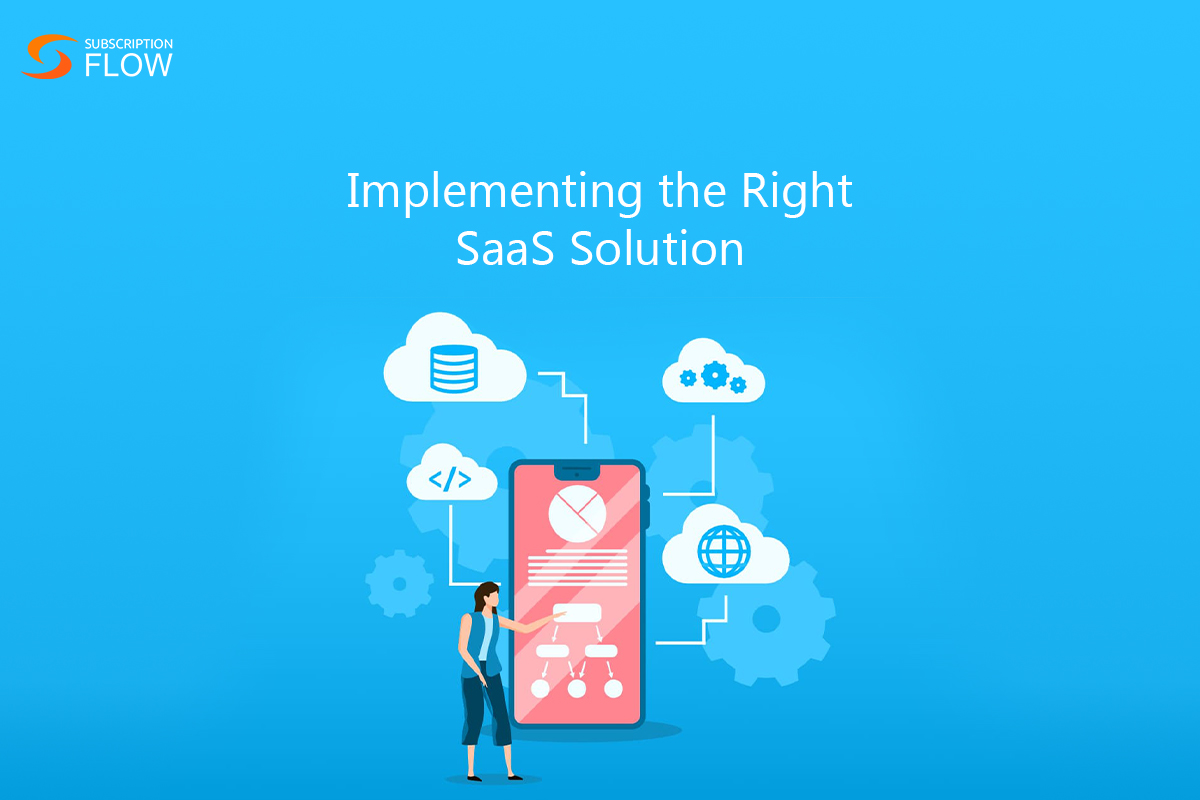
Unlocking the SaaS Boom: A Guide to Seamless SaaS Implementation
Did you know that the SaaS market is expected to grow to a whopping $900 billion (USD) in 2023? That is larger than most countries’ GDP per annum. Why is this the case? And, more importantly, how do SaaS companies now go about implementing a SaaS solution to ensure that their company remains a part of this boom and does not fall to the wayward side?
In this blog, while attempting to answer these questions, we will firstly look at acute pain points felt by SaaS businesses. We will then focus on the tangible solutions to these problems to devise the best SaaS implementation plan for businesses stuck in these quagmires.
What is SaaS implementation?
In short, SaaS implementation refers to the active process of integrating a software that is cloud-based onto the workflow of your company to cater to your company’s disparate business needs. Usually, this software is hosted by third-party applications on their own setups which allows them to offer a plethora of functionalities that supercharge your business’s performance.
The implementation of a SaaS solutions usually takes the shape and form of a myriad of steps, all of which will be covered later in this blog. It is, however, important to note that a business need not feel bound by just these steps as these are simply the steps that have proven to be helpful to most businesses that have implemented.
Read more: Empowering the Customer – Self-Service SaaS Solutions
Pain Points Covered by a SaaS Implementation Plan
1. Cost: By letting businesses license software that are highly customizable, the first thing that software companies do is significantly lower the operating cost of managing one’s subscriptions. Even if you are running a CRM to help manage the customer support for your business, licensing a SaaS software is markedly going to reduce the cost than relying on the more traditional software like Excel etc.
2. Scalability: Since the SaaS industry is booming at an immeasurable rate, this means that nothing is fixed and everything is always in motion. Therefore, businesses need software that are highly scalable to suit their ever-changing needs in order to accommodate for either their future growth or even cut corners for their potential losses.
3. Maintenance: Software maintenance, upgrades, and security patches are handled by SaaS providers, which relieves the IT staff of a business of this responsibility. By doing this, it is made sure that the software is always current, secure, and in line with industry standards.
4. Reduction of Complexity: Traditional on-premises software solutions can be difficult to administer and need a large IT infrastructure. By delegating infrastructure maintenance to the SaaS provider, SaaS reduces the complexity of IT and frees up enterprises to concentrate on their core business activities.
5. More and Improved Teamwork: Many SaaS services are made to make teamwork and communication easier. This is beneficial for distributed and remote teams in particular. Productivity and cooperation can be enhanced by features like instant chat and real-time document editing.
Understanding the Best Practices for SaaS Implementation
The SaaS integration phase is sometimes referred to as SaaS onboarding. What the client does is that they inform the outside and/or third-party vendor of their business’s internal processes, policies, goals, and deadlines at this phase. Similar to this, in order to ensure that the new tools are seamlessly integrated into the existing IT infrastructure, the business must have a thorough grasp of the vendor’s operations. This is done by identifying the pain points (as discussed in the previous section), and then working on implementing a solution keeping these pain points in mind.
The following are the steps that SaaS software implementing companies follow to integrate their software with their clients’ workflows:
1. Assessing the diversity and challenges within the market
There are several SaaS programs available, and each of them offers a wide range of unique features and functionalities. This makes it more difficult for companies to choose the best SaaS solution for their business. Effective market research will not only point out the many possibilities available but also provide the company an understanding of the features and functionalities that SaaS apps often provide.
2. Identifying the needs and goals of your business
As we have already discussed, the majority of SaaS programs share a number of features. The choice becomes much more difficult as a result. This makes evaluating the dangers connected to utilizing a specific SaaS program a smart idea. As a result, you may see where your company needs to make improvements. This might further assist you in choosing the sort of SaaS program that is most appropriate for your business.
3. Demarcating how much you are willing to spend
How much you can pay for a software is the main factor to take into account when selecting a SaaS solution. This is what will make you stand out from rivals. You cannot choose a SaaS solution that is too cheap because often than not, you will be missing out on important features that help enhance your business’s workflows. You can also not rely on a software that is too costly as it is unsustainable in the long run. In short, you need to take inventory of your monetary capacity and needs and then need to spend wisely.
4. Making the transition process as smooth as possible
Changing from legacy software is always difficult, which is why the widespread hiring of change management specialists by large-scale companies smooths out this process. In order to prevent any negative effects on the company’s overall productivity, not only teams but also individual employees must adjust to the shift as smoothly as possible. Working with the company’s new tools is the most effective method to do this.
Read more: Software Solutions That Should Be in Your SaaS Subscription Business’ Fintech Stack
The bottom line
Managing change may be difficult, especially if it affects a number of people or departments within a business. To guarantee a smooth transition, large businesses frequently engage the aid of change management experts. Teams and individuals must quickly adjust to these changes in order to protect overall productivity. In this process, adopting and efficiently using the company’s new technologies emerges as a crucial tactic. By doing this, businesses may not only lessen disruptions but also cultivate a culture of flexibility, which is crucial in today’s dynamic business environment.
Therefore, if you suffer from any of the pain points discussed earlier, then SubscriptionFlow is a robust subscription management platform that can assist you in implementing these SaaS solutions to fit the bill of your business’s needs. Book a demo with SubscriptionFlow now to implement the SaaS implementation plan of your dreams!





